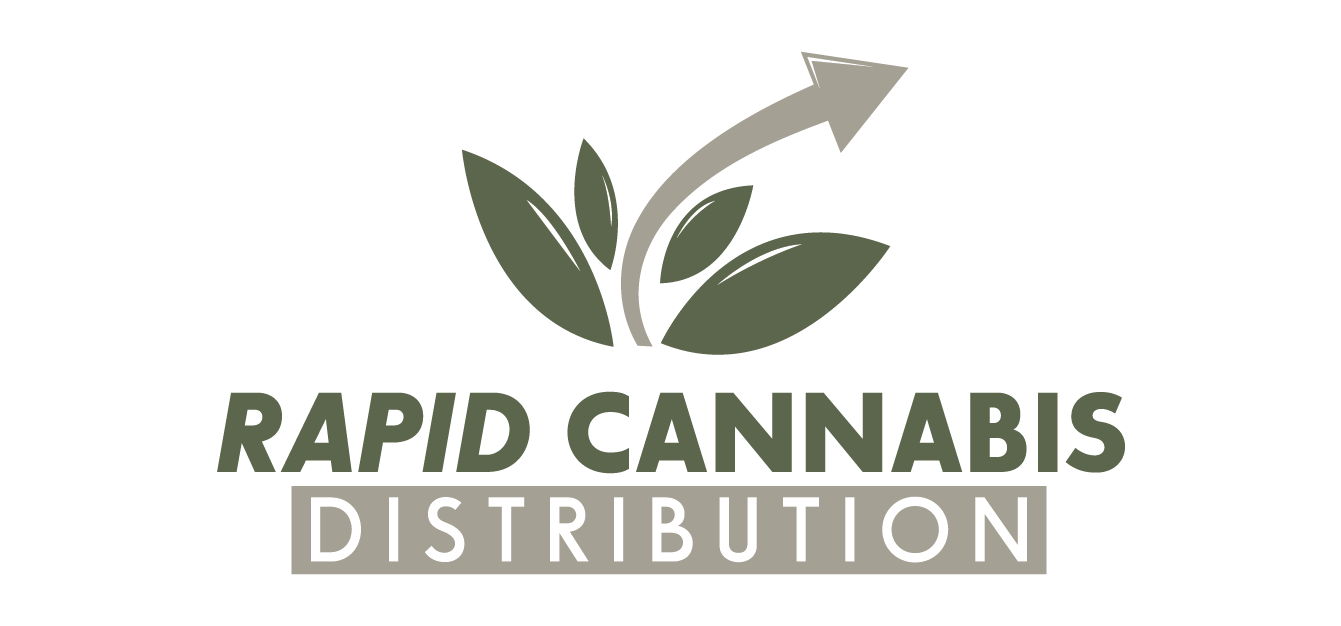The U.S. cannabis industry has arrived at a crossroads. With legal sales estimated at roughly $38.5 billion in 2024 and projected to climb to $44.3 billion by 2025—with a compound annual growth rate (CAGR) of ~11.5% through 2030—the market is undeniably expanding. Still, analysts argue its distribution model remains fragmented, burdened by structural limitations.
Fragmented markets and interstate logjams
One of the most significant bottlenecks limiting scalability is the continued illegality of interstate cannabis commerce. Despite widespread legal markets, federal prohibitions prevent multistate operators from leveraging economies of scale across state lines. They must instead build isolated supply chains in each jurisdiction, dramatically increasing costs. While a bill passed in Washington state proposes interstate trade, that does little to dismantle federal barriers.
Licensing, taxes and the weight of regulation
Regulatory frameworks vary widely by state. Some—like Missouri—have struck a beneficial balance with low taxes (~6% sales tax), limited license issuance (~350), and efficient regulation, fueling unexpectedly high market growth. But other jurisdictions struggle: New York, despite $1 billion in retail sales, has faced excessive red tape, high taxes, and fierce illegal competition, stalling scalability. Similarly, mature markets like Oregon have entered saturation, pushing wholesale prices down due partly to oversupply and lax licensing.
Banking and financial hurdles
Cannabis remains classified federally as Schedule I, restricting access to traditional banking, complicating everything from payroll to investment financing. Proposed rescheduling to Schedule III could improve this—but implementation has stalled. Without clear relief, businesses must juggle cash-based operations or expensive workarounds, which raise operating risks and stunt growth.
Illegal competition and price pressure
Legal markets continue to contend with illicit ones. In some states, illegal dispensaries still outnumber legal ones, pulling significant demand by offering lower prices or easier access. In Nevada, for example, a thriving gray market for intoxicating hemp undercuts regulated players. Legal producers must often drop prices—or accept slimmer margins—to compete, undermining broader economies of scale.
Supply-chain and distribution costs
Beyond compliance, distribution demands stringent security, insurance, tracking, and temperature control—all of which carry substantial costs. With no ability to pool assets across state lines, each operation replicates expensive infrastructure rather than scaling.
Is there room to grow?
Yes—particularly in states with clear, streamlined rules that balance supply, taxation, and licensing. Missouri stands as a promising template for scalable growth. Nationally, continued consumer demand, projected global legal cannabis to reach ~$247 billion by 2033 (driven by ~25% CAGR), and increasing mainstream acceptance (70% national support) point to long‑term upside.
But full-scale scalability—the kind that enables large-scale distribution networks across regions—remains locked behind federal reform, banking normalization, unified interstate licensing, and stronger enforcement of illegal markets.

